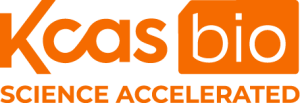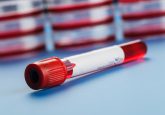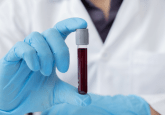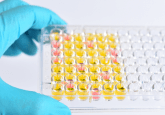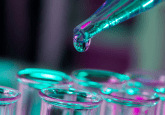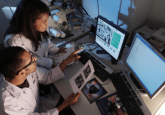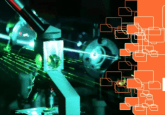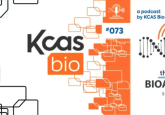Evolving best practices in flow cytometry to support drug development

The biomarker landscape is evolving at a breakneck pace, accelerated by unmet needs as well as a rapidly evolving technology landscape. This is perhaps most evident in the field of flow cytometry, where multiple technological innovations and a global drive towards standardization are pushing the field in seemingly disparate directions and challenging the ability of biomarker teams to derive robust cross-program insights.
Flow cytometry is a bioanalytical technique where cell contents are tagged with fluorescent antibodies and then the fluorescent intensity of each cell is measured individually. As instrument and reagent manufacturers have moved from single color to six colors, and now up to 40 colors per assay with spectral flow cytometry, the types of questions that can be answered with a single assay have rapidly increased, however the amount of expertise needed to design and operate these experiments has spiraled as well.
In this Spotlight we will explore the current best practices in the field on standardization and troubleshooting in both conventional and spectral flow, discuss what flow cytometry will look like in the next 1−5 years and what steps biomarker teams developing new therapies can take today to future-proof their programs.
This feature was produced in association with:

